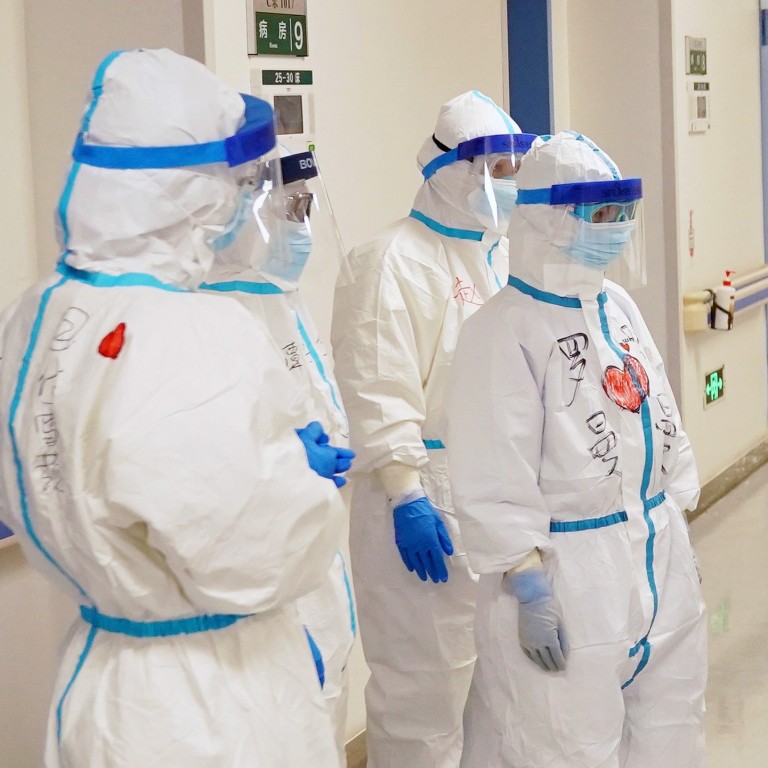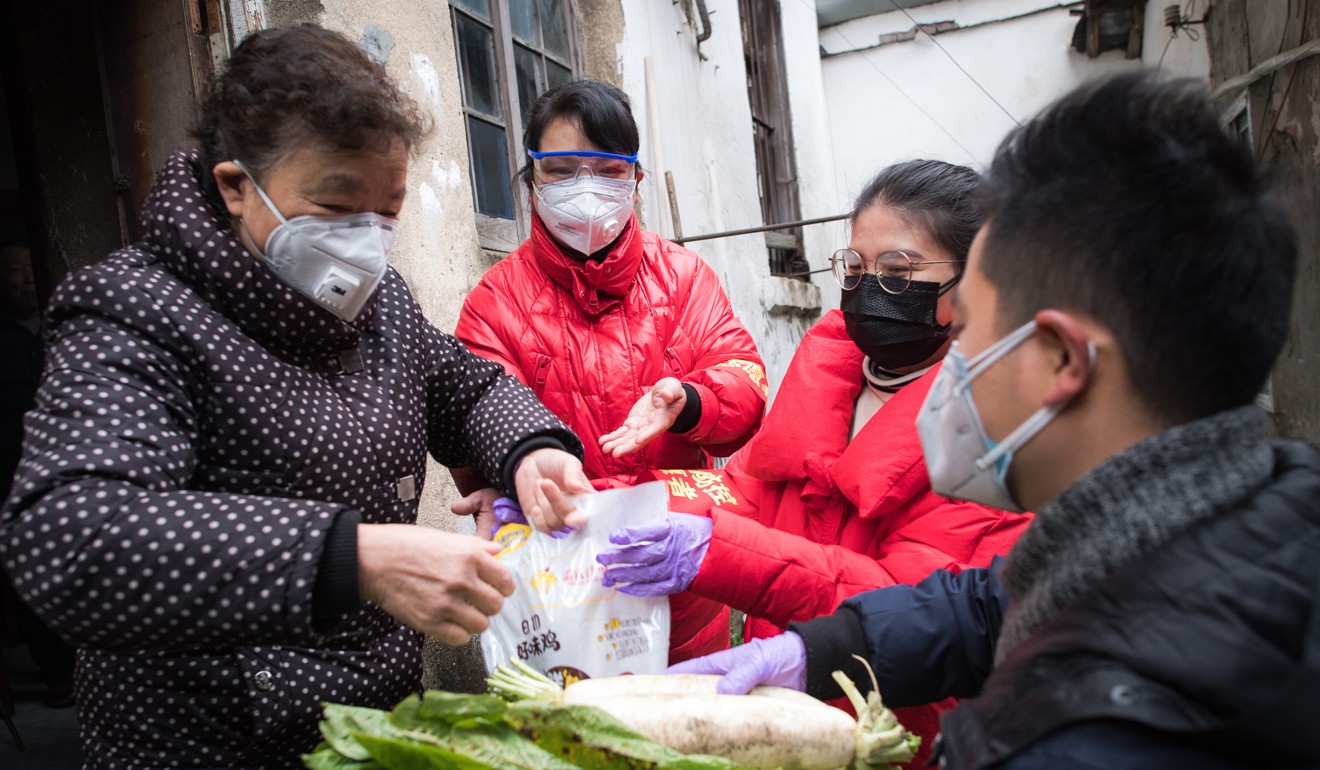
Coronavirus: Wuhan still struggling to get medical supplies after nearly a month of lockdown
- Officials say situation in the city and across Hubei province ‘still extremely serious’ but it has improved
- Shortages of medical gear and food still a challenge, as is delivering the essentials to people
Sunday will mark one month since the city at the heart of the outbreak took unprecedented infectious disease control measures, including shutting down businesses, schools and transport, and confining residents to their homes. Other cities in the province imposed similar controls in a mass quarantine effort affecting more than 50 million people.
“We must soberly realise that while there have been good changes, the situation in Wuhan and Hubei is still extremely serious,” Ding Xiangyang, deputy secretary general of the State Council, China’s cabinet, said at a press conference in Wuhan on Thursday.

Other officials at the briefing insisted that improvements in disease control were being made, but admitted shortages of medical supplies and food would still be a challenge in the days ahead.
“As Wuhan continues to enforce stricter disease control systems, the demand for medical supplies will increase significantly,” said Lian Weiliang, deputy director the National Development and Reform Commission, China’s top policy planning agency.
China wasn’t original villain in book ‘predicting’ coronavirus outbreak – it was Russia
“Initially, our primary shortage was in the supply of N95 masks and eye goggles. Now supplies of caps, gloves and boots are starting to run short. In addition, the need for ventilators, heart monitors and X-ray machines is rising,” said Lian, referring to supplies needed by medical workers.
“We can ensure the basic daily necessities, but with the tightening of disease control measures, in terms of the delivery of these daily necessities, we still have many problems that need to be resolved.
“We have to reduce the flow of people, but logistics relies on human labour, and so, to some degree, there has to be a flow of people. We have to strike a balance in order to guarantee supply [of daily necessities].”
There has also been a shortage of essentials like meat and infant formula in some parts of Hubei province, Lian said, without specifying where.
He said the State Council had prepared emergency goods that could be dispatched to Hubei if needed, including 80,000 tonnes of rice, 36,000 tonnes of pork, 29,000 tonnes of fresh vegetables and 300 tonnes of pork sausages.
Despite the problems, Ding emphasised that the strict control measures cross Hubei were showing signs of progress.
“In Wuhan and in the surrounding cities, [the number of new cases] has slowed, in contrast with the explosive growth [of new cases] in the past, and I believe this downward trend will continue,” he said.
China purges Communist Party heads in Hubei over ‘botched’ outbreak response in Wuhan
Ding said the number of newly diagnosed cases in Hubei had fallen for 16 days straight, while the number of new cases reported in Wuhan had gone down from 4,000 per day about a week ago to less than 2,000 this week. Across mainland China, 394 new cases were reported on Thursday – the lowest number since January 23, the day Wuhan was locked down.
He added that there were more than 500 recovered patients being discharged every day in Wuhan.
“I hope that very soon we will see a balance between the number of people admitted to hospital and the number of patients discharged,” he said.
Purchase the China AI Report 2020 brought to you by SCMP Research and enjoy a 20% discount (original price US$400). This 60-page all new intelligence report gives you first-hand insights and analysis into the latest industry developments and intelligence about China AI. Get exclusive access to our webinars for continuous learning, and interact with China AI executives in live Q&A. Offer valid until 31 March 2020.

